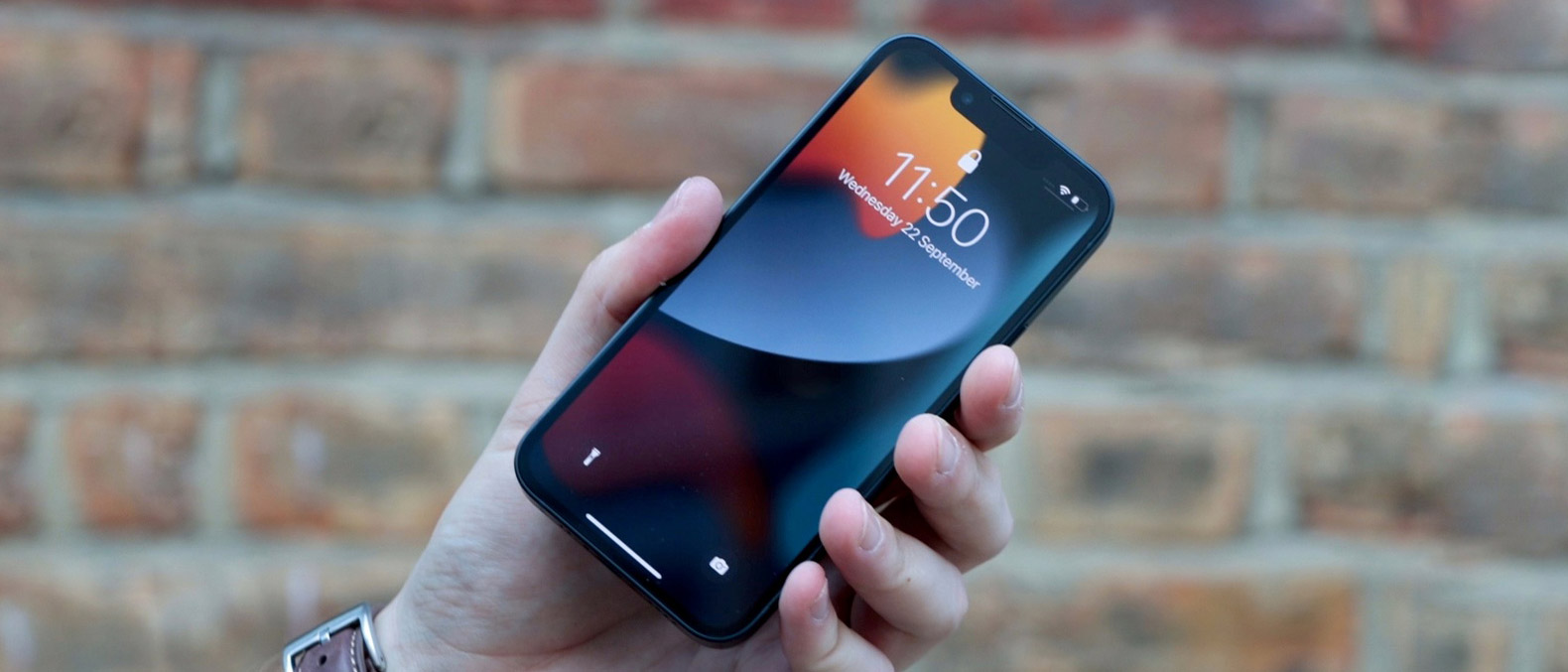TechRadar Verdict
The iPhone 13 mini is the best iPhone for those who want a smaller device on Apple’s iOS platform. In fact, it’s arguably still the best small phone on the market. It’s powerful, the camera is top-tier, and the battery life is better than that of the iPhone 12 mini. It isn’t the best iPhone outright, but if you’re looking for a smaller device then you’re in luck.
Pros
- +
Gorgeous compact design
- +
Better battery life than iPhone 12 mini
- +
Starts at 128GB of storage
Cons
- -
Only 60Hz screen
- -
Higher price than 2020 model
- -
Limited charging compatibility
Why you can trust TechRadar
Two-minute review
The iPhone 13 mini is Apple’s smallest iPhone, despite it being a year old, and that's because Apple opted to ditch the mini for its iPhone 14 line. Instead, an iPhone 14 Plus was launched in its place, with a big display yet lower specs.
That makes the iPhone 13 mini the second and last member of Apple's small-body line, though it's not a huge upgrade over the iPhone 12 mini. Nearly all of the upgrades are inside the one-hand-friendly phone, so it doesn’t look much different to the previous device.
Arguably the most welcome of the upgrades here is that, during our extensive testing, we found the iPhone 13 mini battery life to have improved significantly year-over-year. Rest assured, small phone users: you can now go all day using this phone, even if, unsurprisingly, the battery life isn’t as good as you’ll get from the larger iPhone 13 or iPhone 13 Pro Max.
You’ll spend less time charging this phone and more time snapping better photos, thanks to the improved camera sensors that are part of the iPhone 13 mini’s mostly familiar-looking dual-camera system. The main wide camera lets in 47% more light, according to Apple, and sure enough, all the night mode photos we shot looked bright, with markedly less noise than images captured on the iPhone 12 mini.
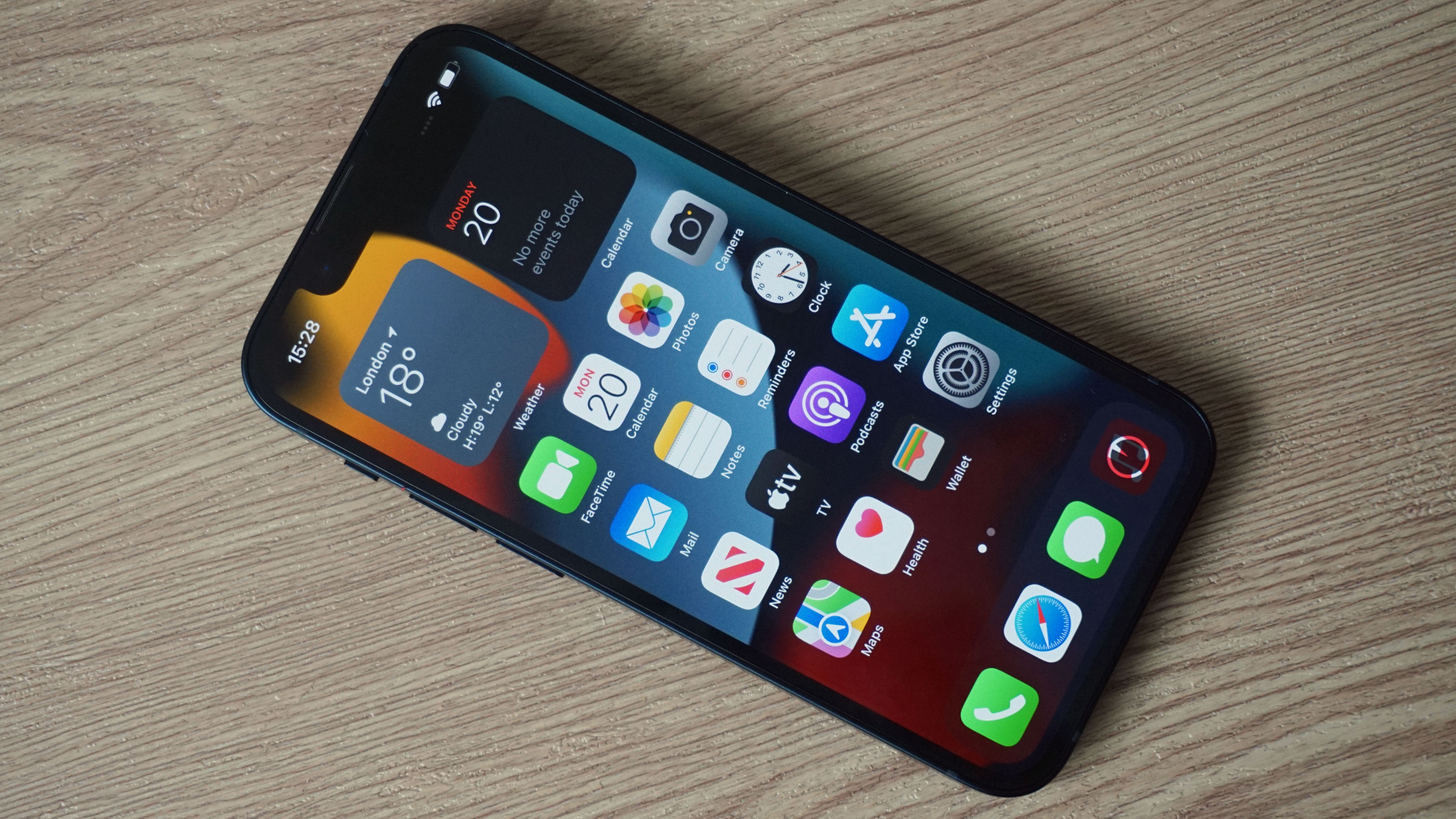
Photos look better partly thanks to the upgraded sensor, and Sensor-shift OIS technology that was previously exclusive to the iPhone 12 Pro and its Pro Max partner, and partly due to the advancements in computational photography.
There’s also good news if the iPhone 13 mini inspires you to take more photos: Apple has bumped up the storage tiers from 2020’s devices, so gone is the severely limiting 64GB entry-level size. Say hello to 128GB, 256GB and 512GB minis – but also, say hello to higher prices for the phones in most regions.
There are cosmetic upgrades you may miss at first blush. The screen notch is smaller, but most certainly hasn’t gone away (and on a smaller phone, it feels like it eats away at the screen real estate even more than on the iPhone 13 Pro Max). And the overall display brightness has been amped up, peaking at 800 nits for comfortable viewing when you're outdoors on a bright day and 1200 nits for HDR content.
The iPhone 13 mini will be the last small iPhone from Apple, for a while at least, due to underwhelming sales of the iPhone 12 mini. That’s a shame, because with this second-gen upgrade Apple fixed a lot of what turned us off from the iPhone 12 mini, and this small model could be the best iPhone for fans of compact devices.
iPhone 13 mini release date and price
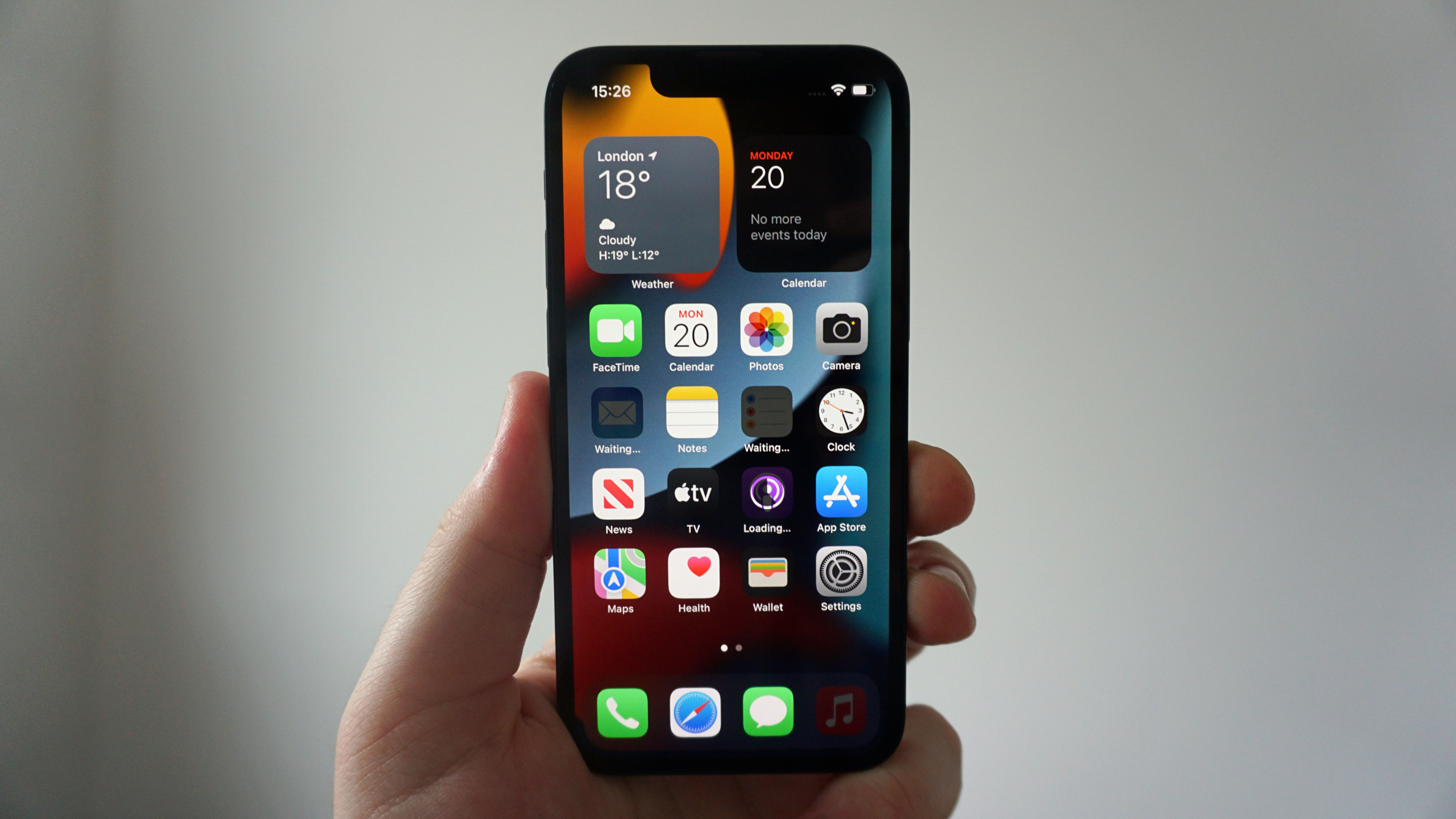
The iPhone 13 mini was released on September 24, 2021, 10 days after its reveal. It came out alongside the rest of the iPhone 13 series, and you can buy it in the US, UK and Australia.
Outside of iPhone 13 mini deals, the phone normally retails for $699 / £679 / AU$1,199 with 128GB of storage and goes up from there.
The 256GB variant will cost you $799 / £779 / AU$1,369, while the 512GB model is priced at $999 / £979 / AU$1,719. There isn’t a 1TB model for the iPhone 13 mini, so you’ll want to look to the Pro editions to get more space.
This is the smallest iPhone in the 13 series and the cheapest, but it’s also more expensive than the iPhone 12 mini in most regions. That’s partly due to the increase in storage – the 12 mini started out with just 64GB of storage, though inflation plays a part, too.
At launch, the iPhone 12 mini cost $599 / £579 / AU$999 so it’s notably more expensive than the 2021 model.
Design
The iPhone 13 mini is built to be premium, but has a smaller body than most top-end smartphones. It’s designed for those who want a smaller device, with Apple’s smartphones increasing in size over the last five years.
It features a 5.4-inch screen - we’ll dive into that more below - which is one of the smallest screens on flagship smartphones right now.
The phone sits comfortably in the hand, and it’s easy to use single-handedly. We found that we were able to easily type on the handset and reach all areas of the keyboard with our thumb.
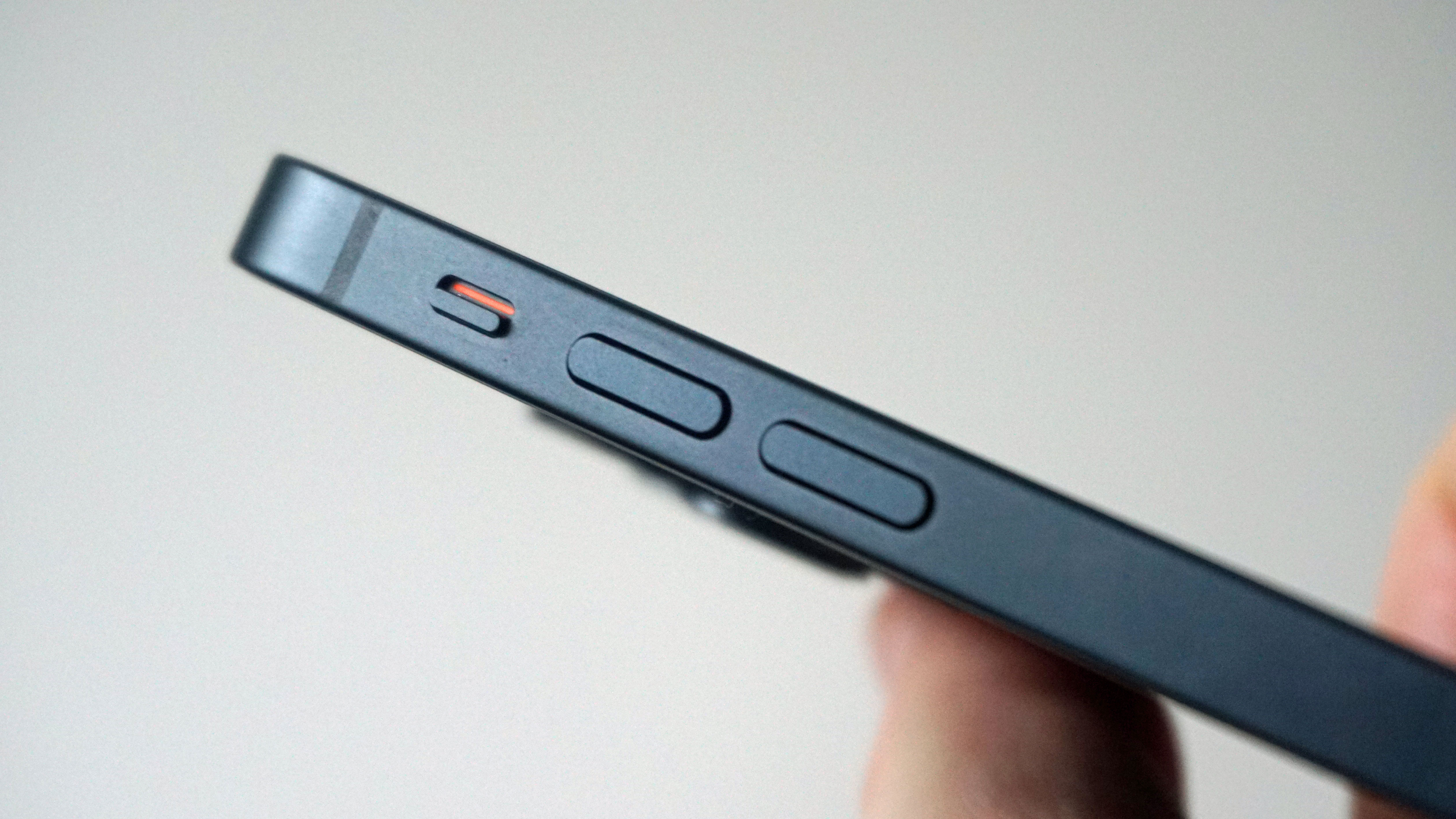
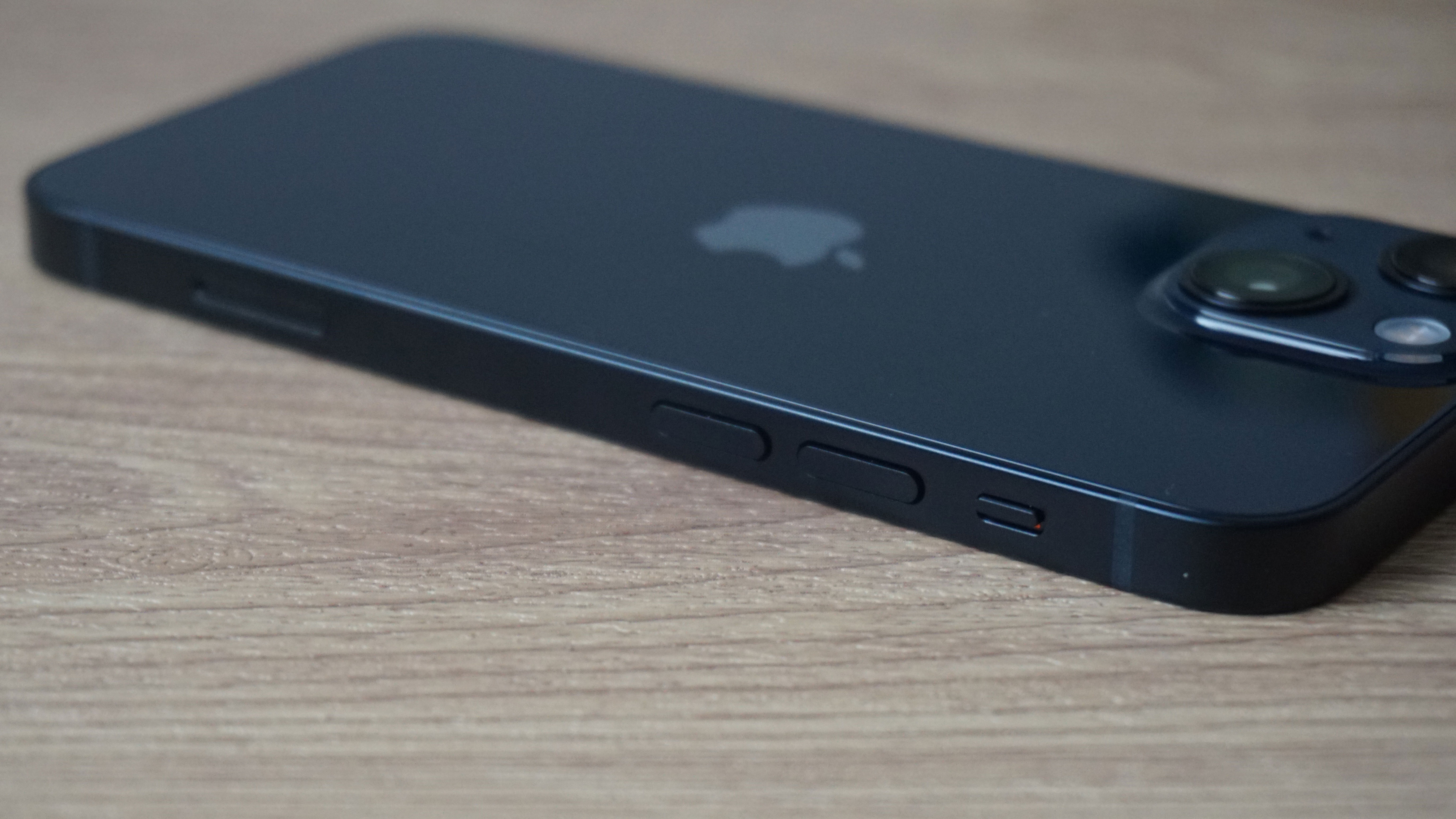
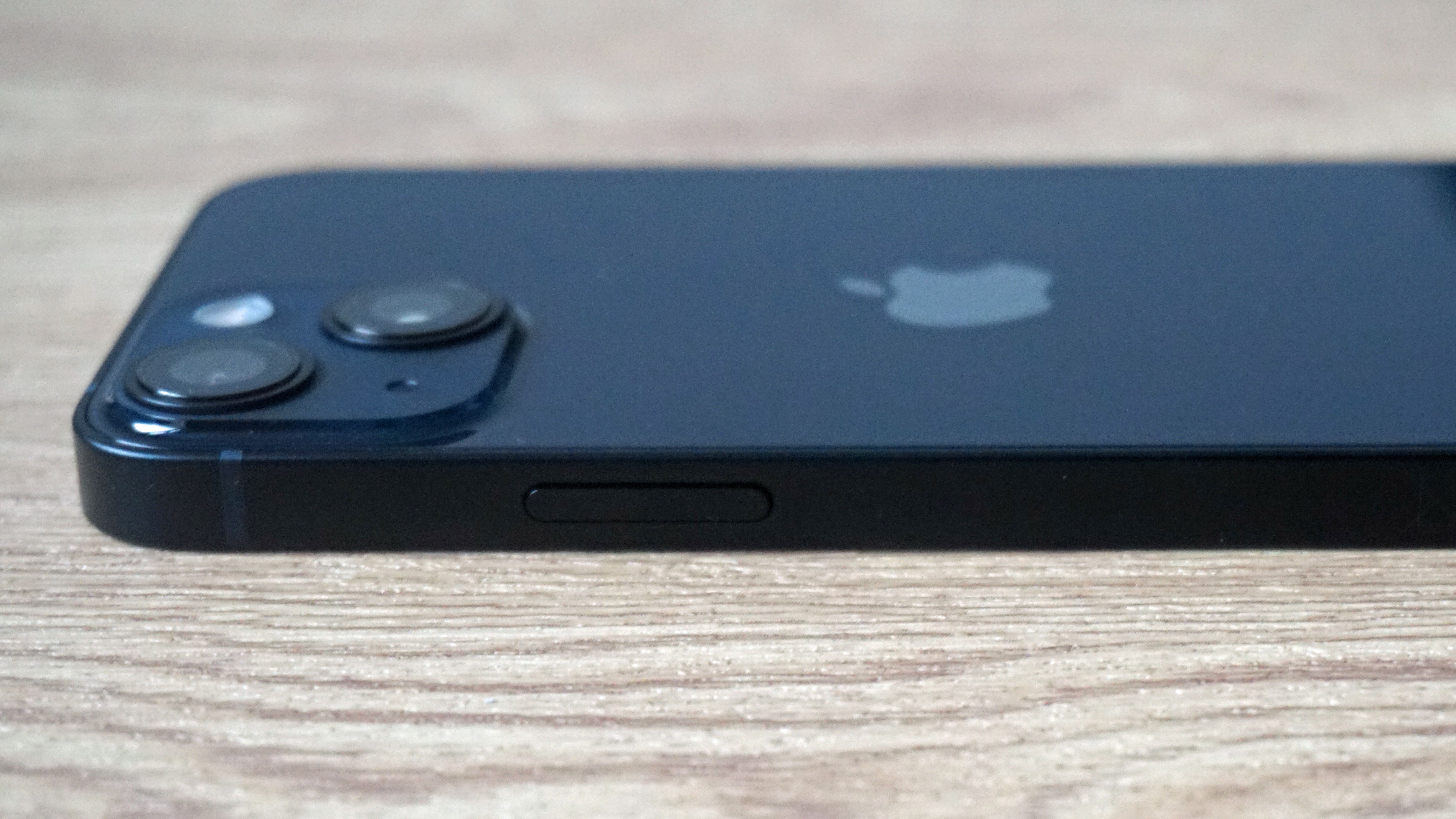
The power button is on the right edge of the phone, while the left edge is home to the silence switch, volume buttons and SIM tray. There’s a Lightning port between the phone’s speaker grilles on the bottom of the handset.
The rear of the handset is made of glass, and it comes with the company’s Ceramic Shield technology. This is similar to what we’ve seen on past Android phones, and it’s protection for knocks and drops makes the phone four times stronger than iPhone models that don’t feature the technology.
There are five color options for the iPhone 13 mini, which are blue, pink, red, Starlight, and Midnight. Those final two shades are Apple’s fancy names for white and black, respectively.
On the rear of the handset, there’s a camera module that juts out a lot from the rear of the phone. This is in a diagonal formation - the iPhone 12 mini had this laying horizontally - but otherwise it’s very similar to previous handsets from the company.
Display
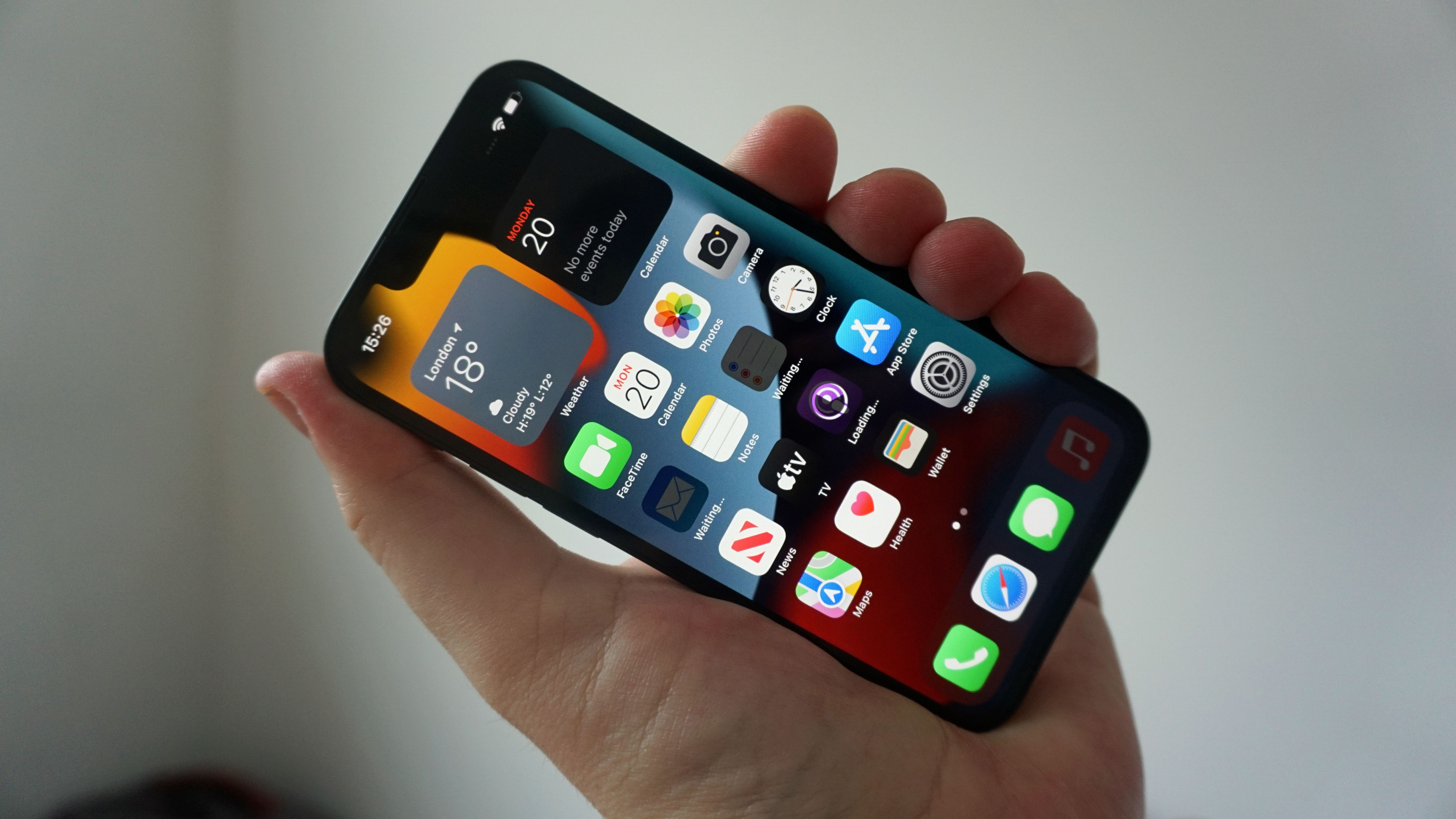
Again, Apple included a screen notch on the iPhone 13 mini, along with the rest of the iPhone 13 range. The company clearly wasn’t ready to go with an under-display camera on its phones – but the notch here is 20% smaller than on the iPhone 12 mini.
We can’t say we’ve really noticed the difference during our testing, but it gives you a slight increase in screen area. That’s especially important here as the display is only 5.4-inches big.
The resolution of 1080 x 2340 is good considering the size of the screen, and we found that Full HD content looked clear. The screen’s size makes watching videos a bit more difficult than some large-screen phones we test.
It’s harder to appreciate this higher resolution on a smaller screen, but it’s a top-tier Super Retina XRDR OLED display with strong brightness levels; you’re getting all the same tech as the iPhone 13 here, but with a little less real estate.
That screen is notably brighter than the iPhone 12 mini as well, reaching 800 nits in outdoor settings. This is something we appreciated when using the phone in the sunlight.
The display has the ‘standard’ 60Hz refresh rate like the previous mini. That means you won’t get the more fluid experience you’ll enjoy on the iPhone 13 Pro and iPhone 13 Pro Max with their 120Hz screens, but it’s unlikely to be something you notice unless you move from a smartphone with a high-refresh-rate display.
Camera
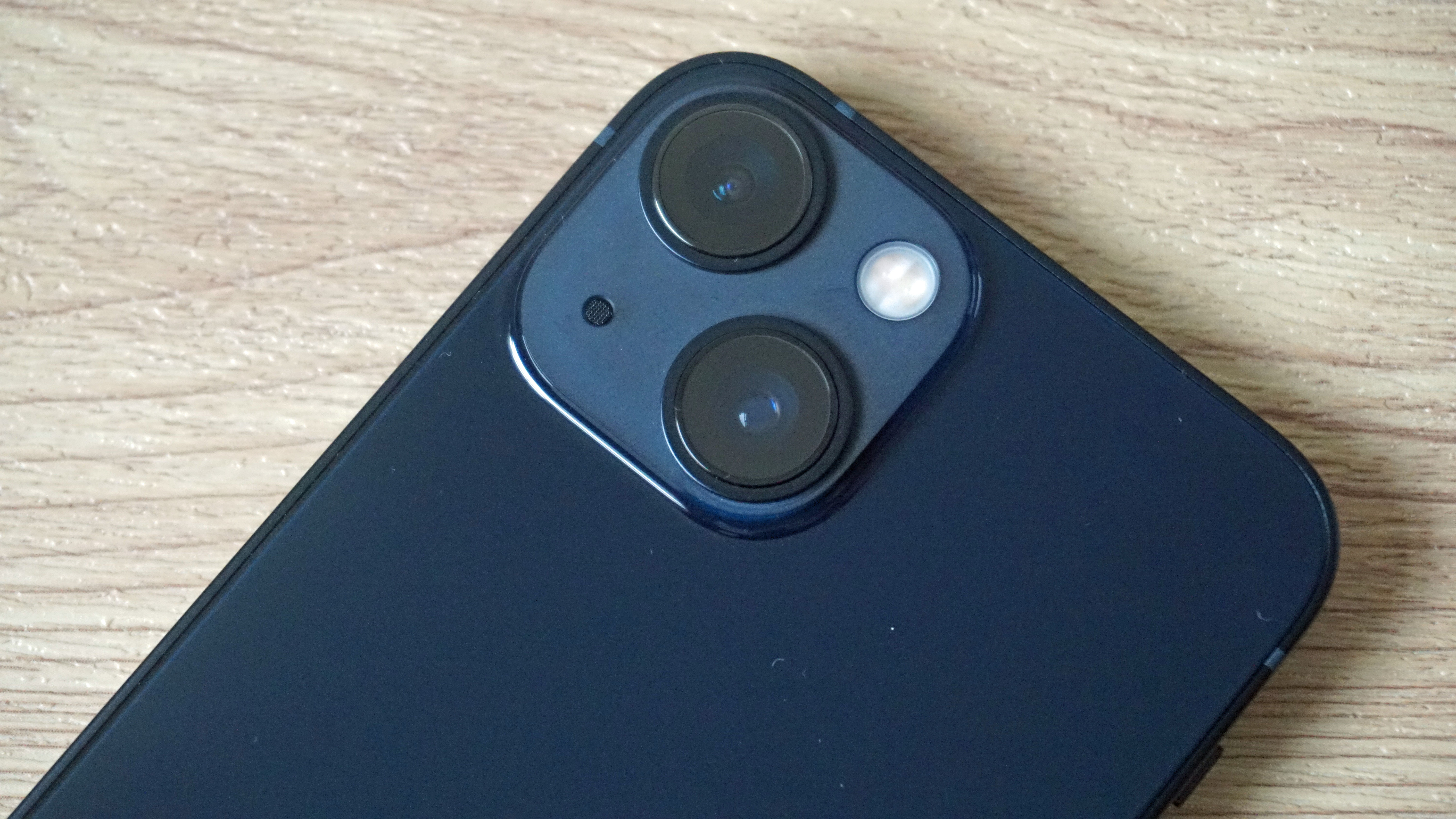
Apple included two cameras on the iPhone 13 mini – a 12MP f/1.6 wide camera with 1.7µm pixels for better low-light performance, and a 12MP f/2.4 ultra-wide camera with 120-degree field of view.
It’s largely the same we’ve seen from the iPhone 12 mini, but that larger pixel size is where the major change comes in.
The low-light performance on the iPhone 13 mini is remarkably good, but iPhone products have worked well in this space for the last few years. We found all low-light shots we took were among some of the best we’ve seen on smartphones.
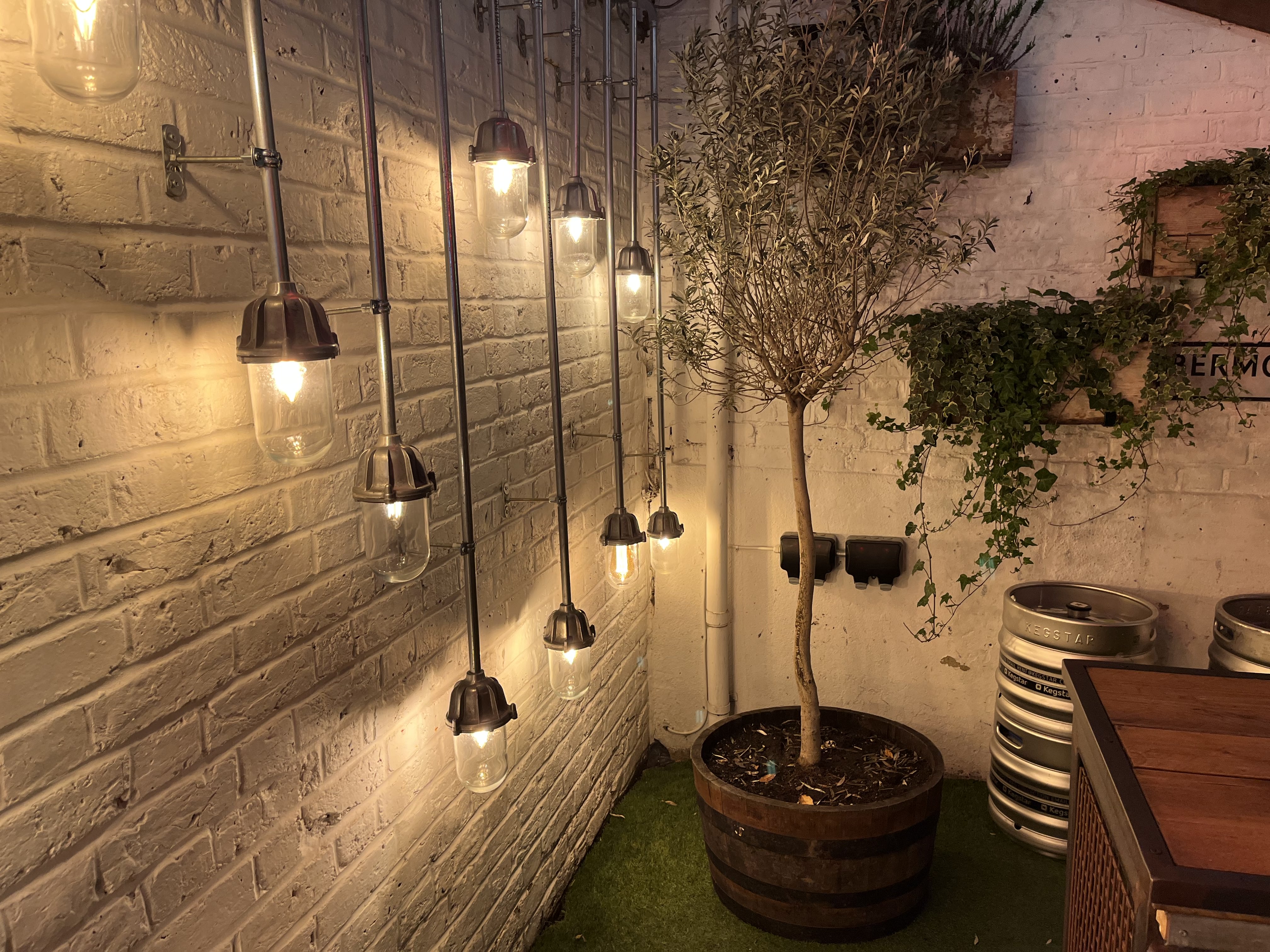
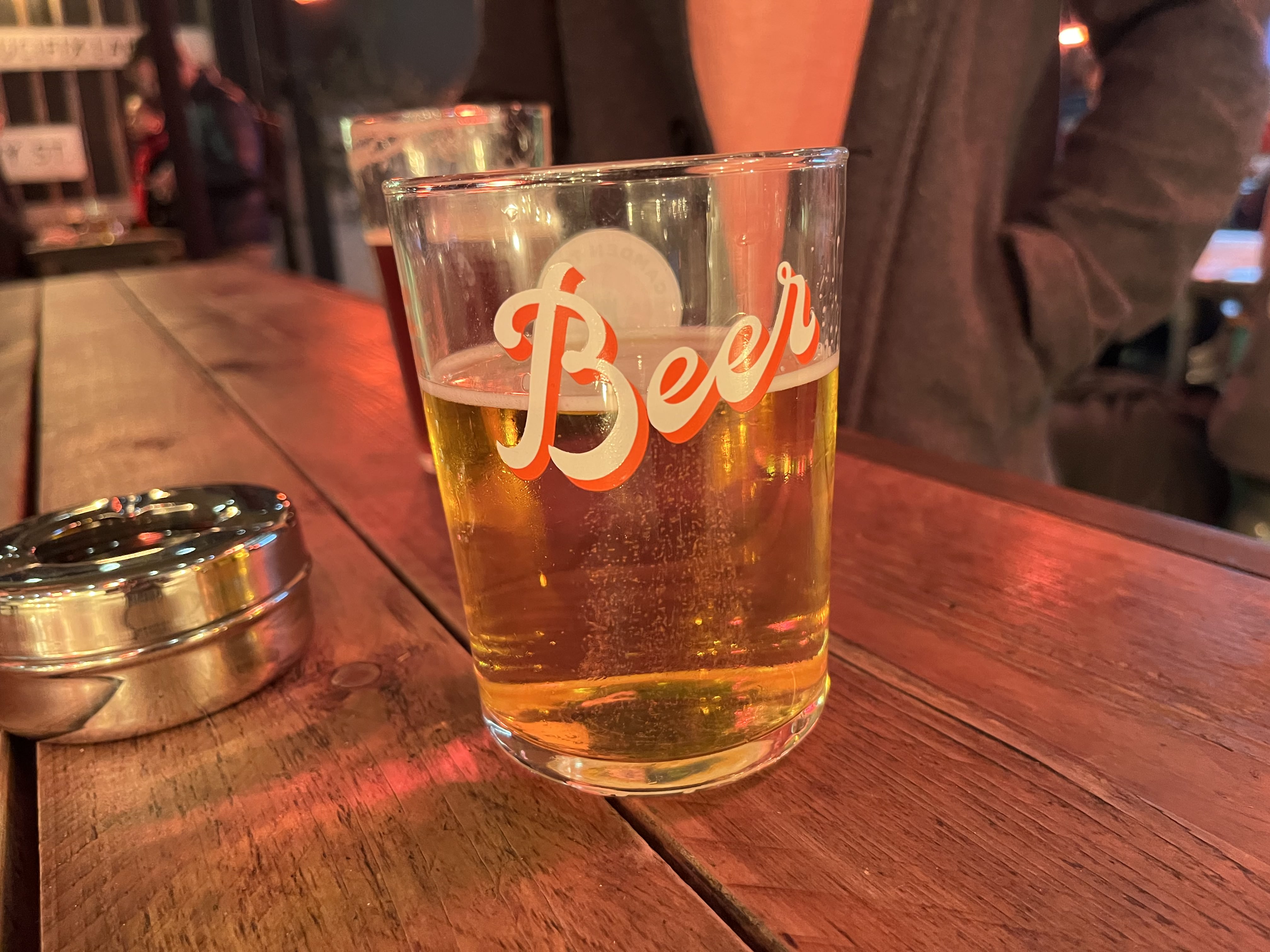

Elsewhere, the iPhone 13 mini camera works well taking clear shots that have true-to-life colors. We had similar results from the iPhone 13. The quality here doesn’t differ much from the iPhone 12 mini, but it’s still remarkably good for a smartphone at this price.
Close-up shots notably struggled on the 13 mini, and the macro mode on the iPhone 13 Pro and Pro Max are much better at focusing when you're closer to a subject.
For video recording, the iPhone 13 mini is capable of recording up to 4K in 24fps, 30fps or 60fps. If you want slower recordings, Full HD will also stretch up to 120fps and 240fps.
A software feature called Cinematic Mode means your phone’s camera can automatically focus in on your face when you enter a shot. This allows you to switch between your subjects when recording video.
We found this feature works well when we need it, but it’s unlikely you’ll find it’s something you regularly need when filming video. It’s a nice-to-have feature, rather than a must-have reason to upgrade.
The iPhone 13 Pro and iPhone 13 Pro Max have far more impressive camera specs, but if you’re looking for a rear camera that can take good enough shots for your social media profile, we believe this will be good enough for you.
On the front of the phone there’s a 12MP selfie camera. This comes with f/2.2 aperture, and it’s made for taking front-facing photos and video as well as unlocking your smartphone.
As noted in the design section, the notch is smaller than ever. It was shrunk by 20%, although that is hard to notice until you directly compare this to a different iPhone model. We found the front camera was capable when taking selfie shots as well as recording video.
Camera samples


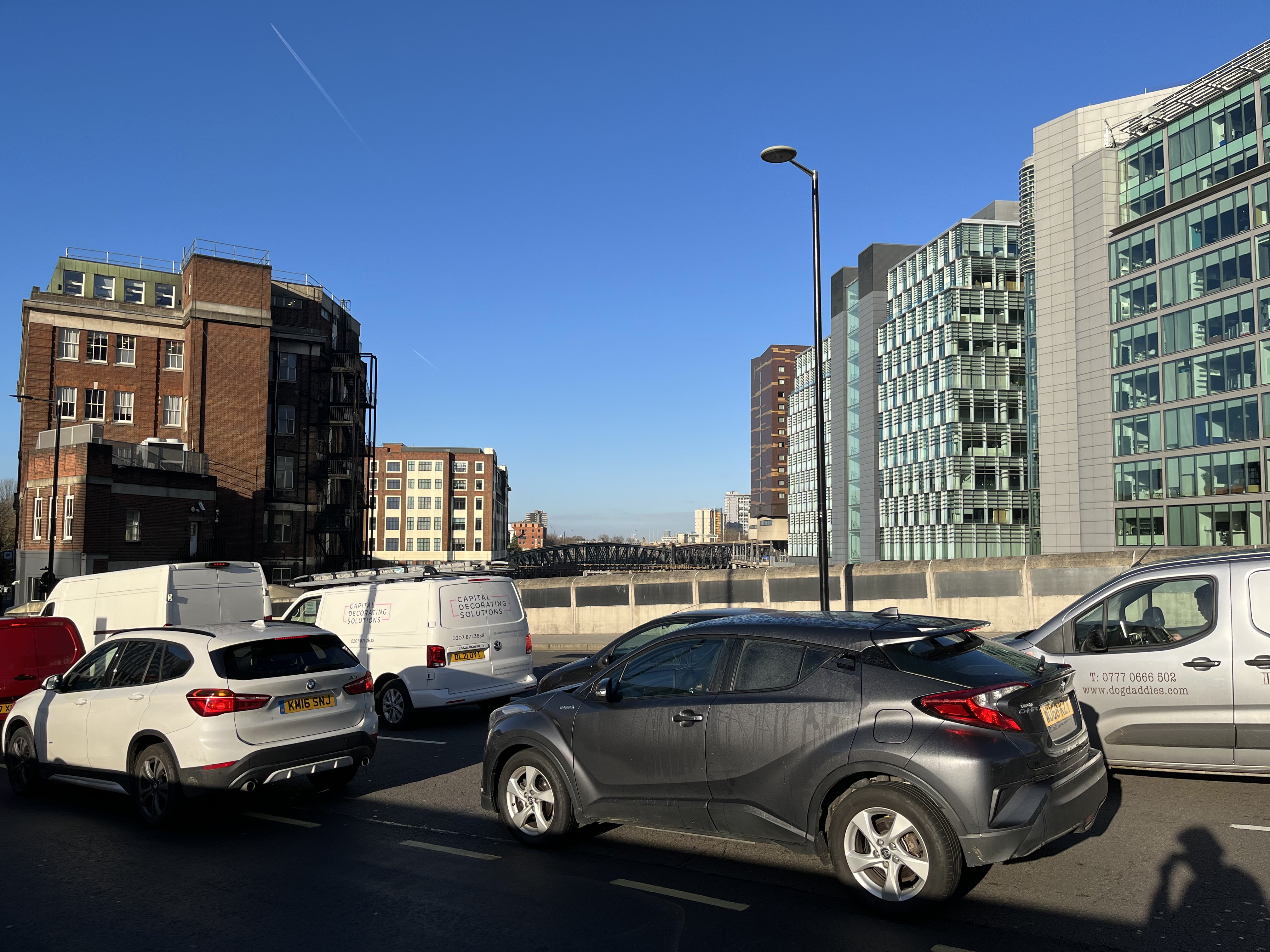
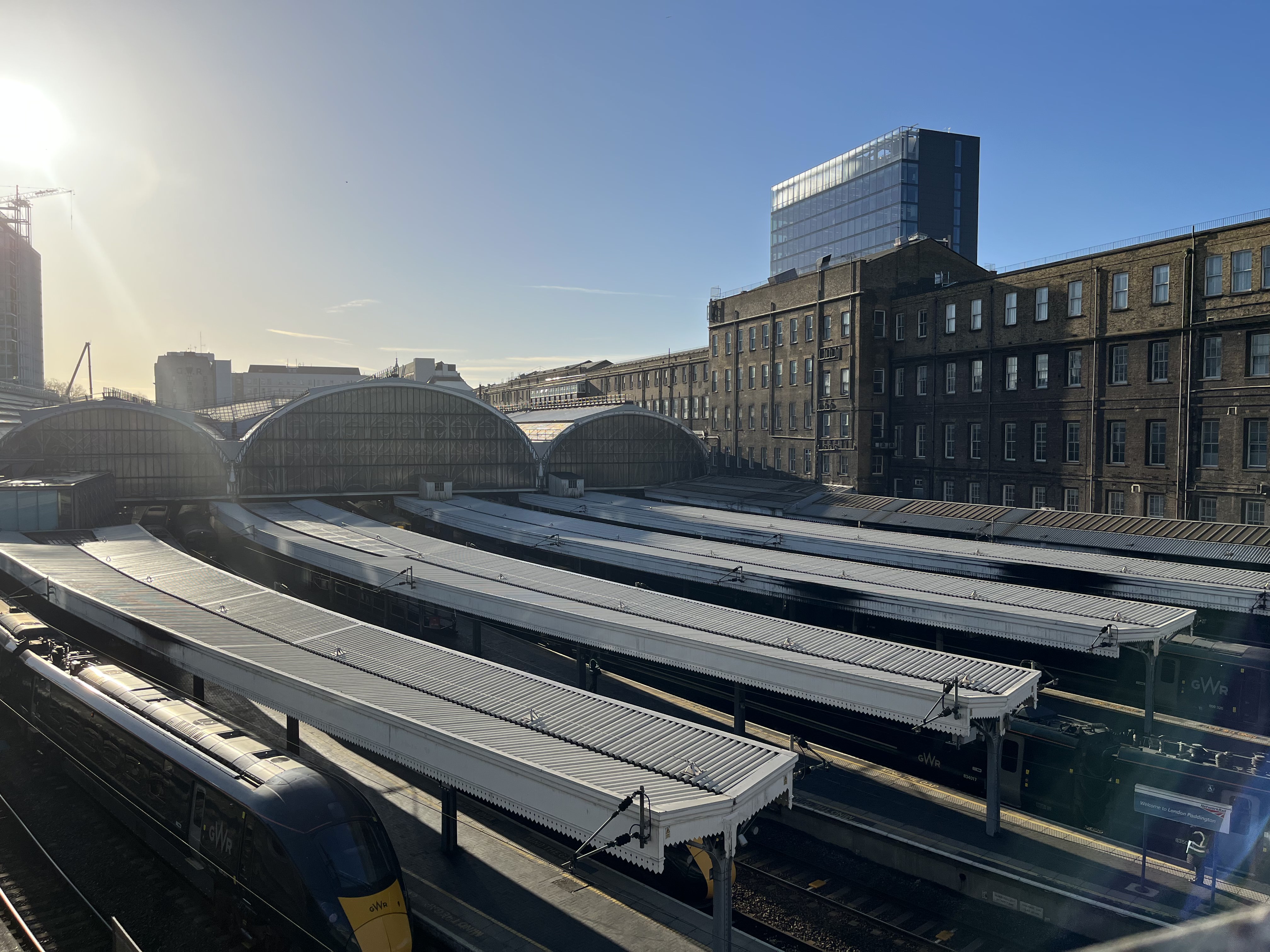




Specs and performance
The iPhone 13 mini is powered by Apple’s A15 Bionic chipset. That’s the same processor as other 2021 iPhones, and we’ve found it to be seriously powerful, easily capable of loading and running multiple apps.
The same is true of the iPhone 13 mini. This comes with 4GB of RAM, so it isn’t as powerful as its Pro siblings that come with 6GB, but it was capable of running all the top-end apps we threw at it during our testing time.
We didn’t find the smartphone would stutter or struggle with any apps or games throughout our testing. Benchmarking scores were impressive for the iPhone 13 mini with it getting a Geekbench 5 multi-core score of 4,643.

That’s almost indistinguishable from the score the iPhone 13 received, which was 4,688. It’s improved upon the 4,123 that the iPhone 12 mini scored, and it blows away competition in the Android space. For example, the Samsung Galaxy S21 scored 3,367 and the OnePlus 9 Pro scored 3,630.
Your storage options here are 128GB, 256GB or 512GB. If you want more storage t you’ll need to opt for the 1TB iPhone 13 Pro or iPhone 13 Pro Max. There isn’t microSD support, so you’ll be using your phone’s storage and iCloud here.
Apple previously offered a 64GB model as its starting edition, but that isn’t an option here. We think that’s a positive since it wasn’t a huge amount of storage for most people, and it was easy to fill that up with apps, games, and some photography.
5G connectivity also returned on the iPhone 13 mini, so you’ll be able to easily connect to next-gen networks as long as your carrier and plan support them and you’re in an area with 5G coverage.
Software
iOS 15 software is available on the iPhone 13 mini as a default, and we expect to see this handset get updates for at least the next few years. Apple often updates its devices for six years or so, which we expect this to continue.
This release isn’t a major change from iOS 14, but it includes a variety of added features that make this a smoother experience.
If you’ve used an iPhone before, you’re likely aware of how the software operates. If you’re switching from Android, it differs with a slightly different interface and a more locked-down approach to apps and customization.
We found the software to run well on the iPhone 13 mini, and it gave us a similar experience to the rest of the iPhone 13 series. Widgets and other elements aren’t as useful on this smaller screen as they are on larger models though.
Battery life
The smaller design of the iPhone 13 mini means it doesn’t provide as strong battery life as the rest of the series, so you might want to invest in one of the best iPhone chargers. There’s far less room for a battery, and that means it’s only a 2,438mAh cell inside.
That’s much smaller than your average smartphone, and while battery life is better than the iPhone 12 mini before it, this was a frustrating element of the iPhone 13 mini experience.
The phone would often last a whole day of normal usage, and that’ll likely be enough for most users.
When we had the screen on for a longer amount of time, the battery life wouldn’t last as well as the rest of the iPhone 13 series. For example, using the phone for directions for two hours on a car journey meant we shaved off around 30% of the battery life.
On a normal day, we found the iPhone 13 mini would have around 30% left in the tank. That’s a mix of brightness levels and a variety of tasks such as watching video, instant messaging, gaming, and browsing the internet.
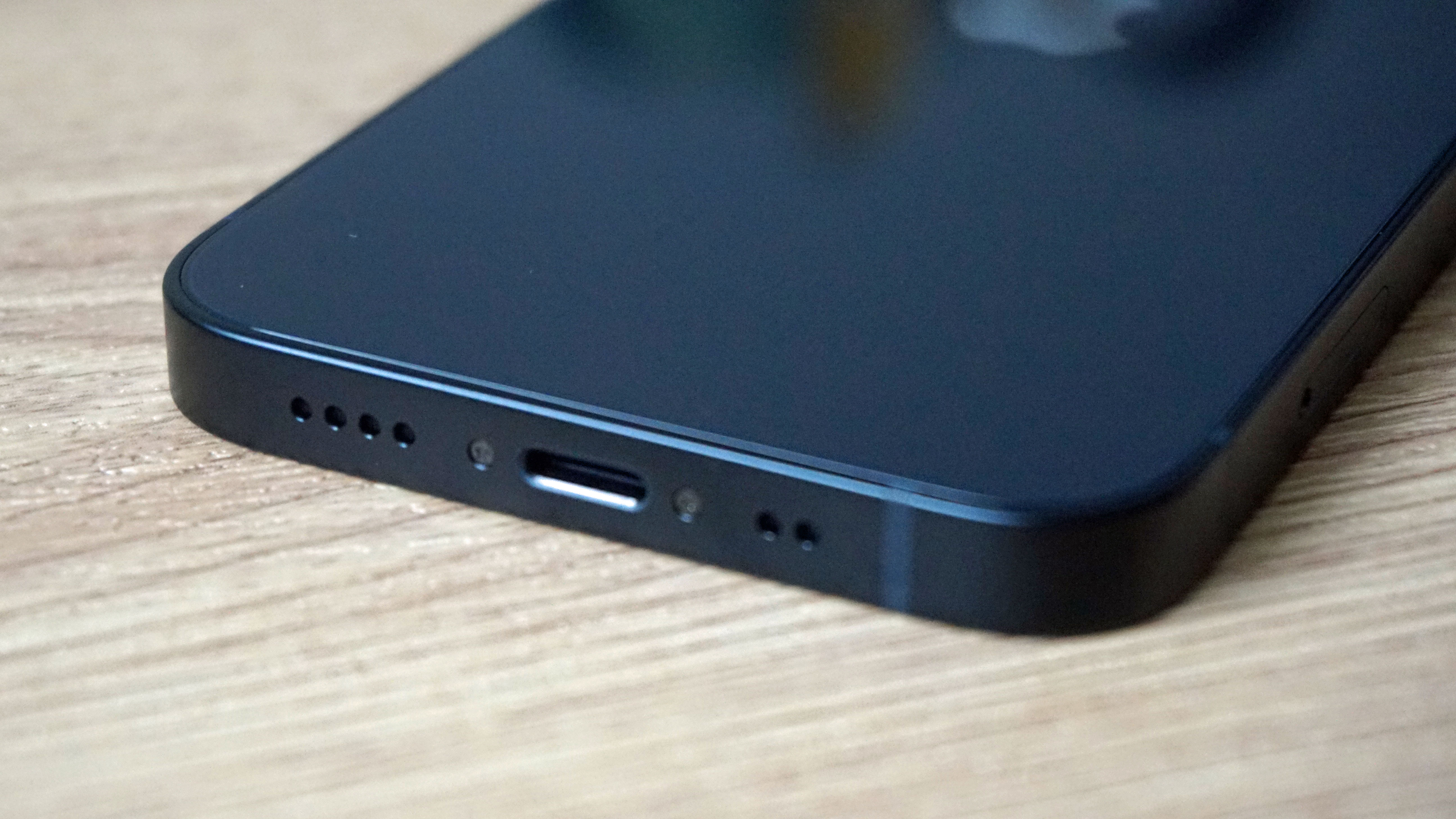
Intensive usage will see worse results, but this is noticeably improved when compared to the iPhone 12 mini.
If you’re used to an older iPhone model, you’ll likely be happy with the day of usage from the iPhone 13 mini. That said, if you upgrade to one of the larger models in this series you’ll experience even better performance.
There is fast-charging technology on board here, but it’s not as powerful as otheriPhone 13s. It’s 18W charging, which Apple says can recharge your phone to 50% in 30 minutes.
That was the case in our testing when we used a compatible charger. You won’t get that charger in the box though, so you may need to buy one separately to ensure you’re able to hit those top speeds.
That’s not as fast as the charging speed on other iPhone 13s, and while it’s not easily noticeable, it means you’re more limited in how long it will take to recharge your phone.
Wireless charging has made a return on the iPhone 13 mini, and there’s also compatibility for the company’s MagSafe charger as well. This is a wireless charger that connects to the rear of your phone, and it can recharge at speeds up to 15W.
These aren’t game-changing speeds, but it means your iPhone will recharge quickly enough during a short charging session or it’ll fully recharge overnight.
Should you buy the iPhone 13 mini?
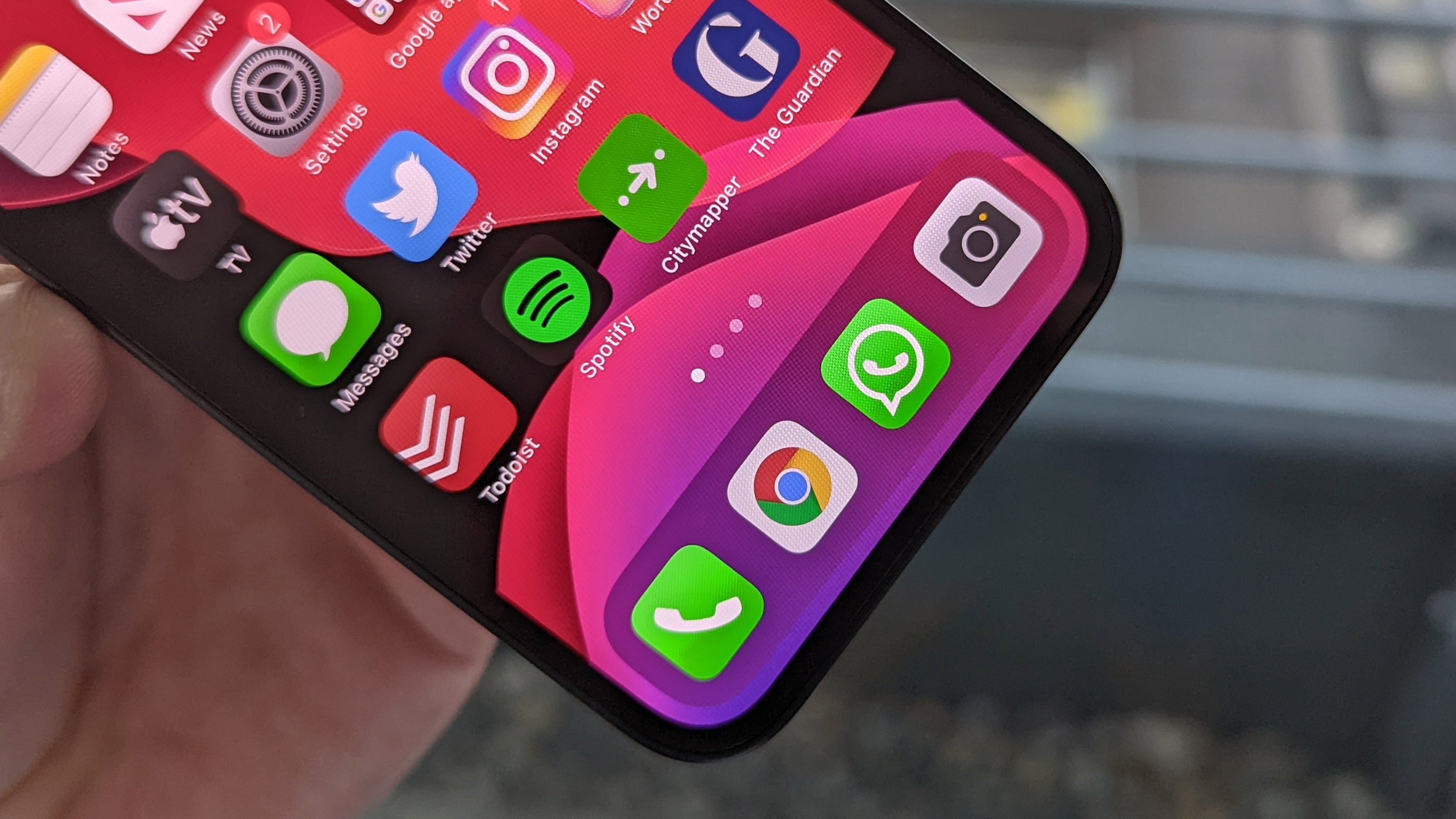
Buy it if...
You want the smallest iPhone possible
The iPhone 13 mini is the smallest Apple smartphone – even slightly more compact than the iPhone SE (2020). That means you can comfortably wrap your hands around this mini. Coming from the iPhone 13 Pro Max, it feels like going on a vacation.
You want way better battery life than the 12 mini
This is the main selling point of the iPhone 13 mini over the 12 mini, which left us wanting when it came to longevity. The average person interested in a small smartphone will finally be able to run the phone a full day without a recharge.
You need strong performance
The chipset in the iPhone 13 mini performs remarkably well, and it’s able to compete with a lot of the top-end phones. Expect similar performance to the iPhone 13, and it’s just below the iPhone 13 Pro and iPhone 13 Pro Max as well.
Don't buy it if…
You want a small phone at a cheap price
The iPhone 13 mini is actually more expensive than its predecessor. It’s partly because Apple bumped up the storage size, axing the 64GB version and starting with 128GB. But inflation in most regions accounts for the higher asking price.
You want the ultimate 2021 iPhone camera
The iPhone 13 mini takes excellent photos care of its upgraded camera sensors that transform Night photos into brightly lit masterpieces. But you’ll find superior cameras out of the iPhone 13 Pro lineup, including a telephoto lens and ProRes video.
You need long-lasting battery life
The battery life on the iPhone 13 mini is better than the iPhone 12 mini, but it’s still not great compared to its rivals and the other iPhone 13s. If you’re looking for a long-lasting iPhone, we recommend opting for another member of the iPhone 13 series.
First reviewed: February 2022
James is the Editor-in-Chief at Android Police. Previously, he was Senior Phones Editor for TechRadar, and he has covered smartphones and the mobile space for the best part of a decade bringing you news on all the big announcements from top manufacturers making mobile phones and other portable gadgets. James is often testing out and reviewing the latest and greatest mobile phones, smartwatches, tablets, virtual reality headsets, fitness trackers and more. He once fell over.
